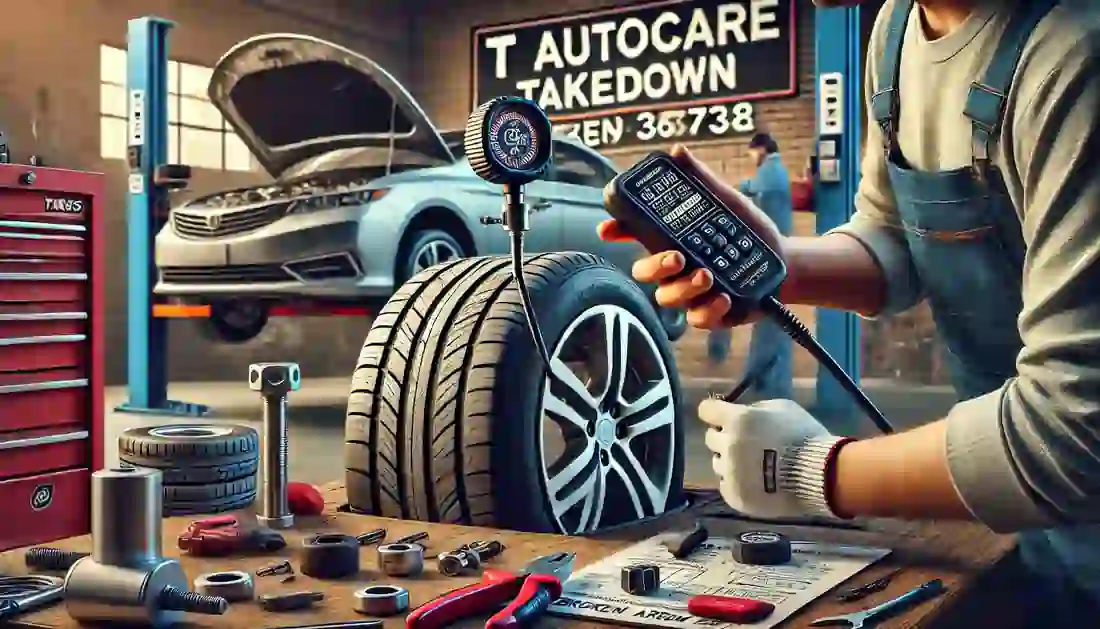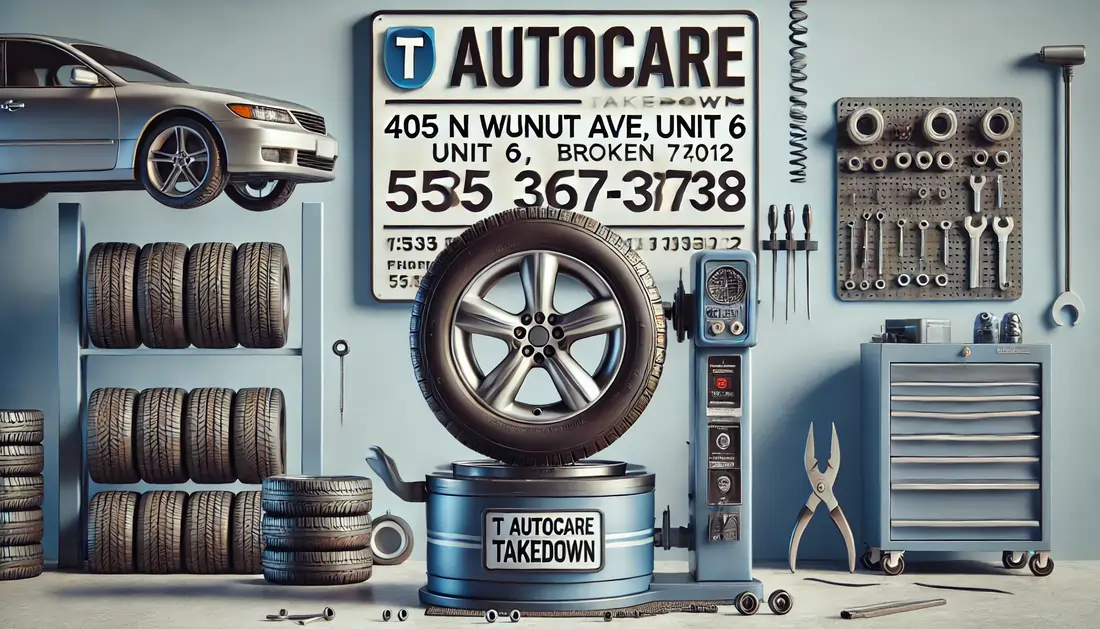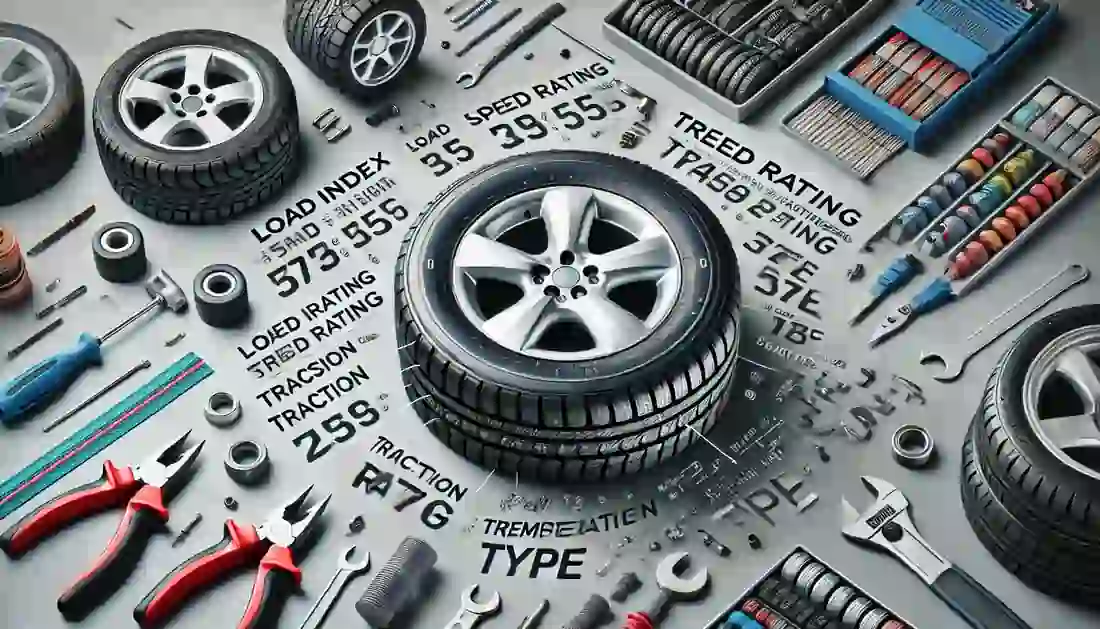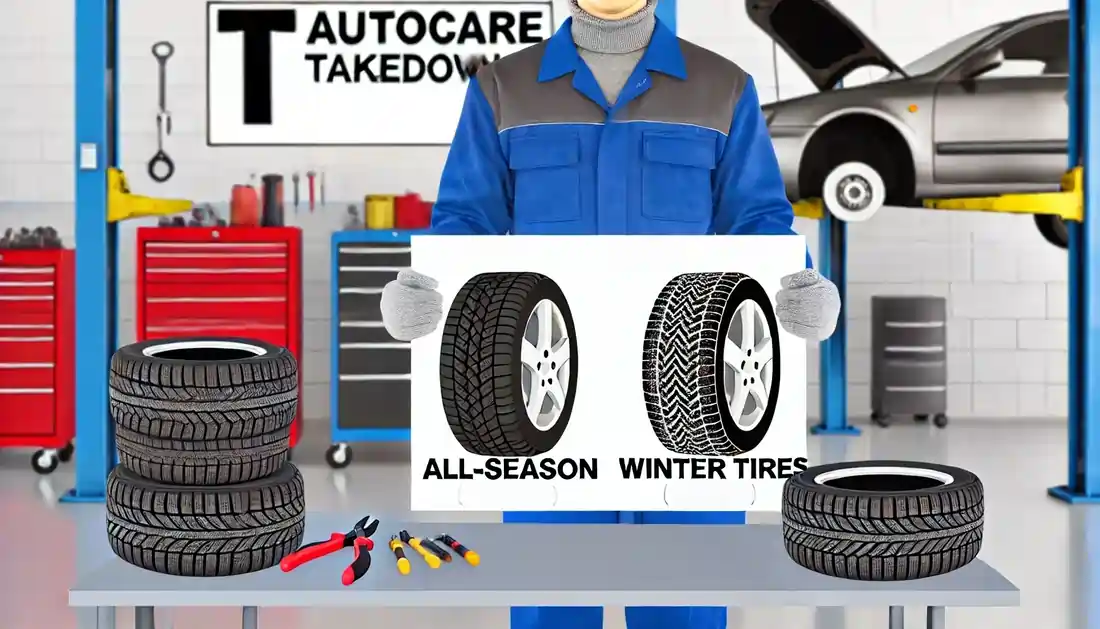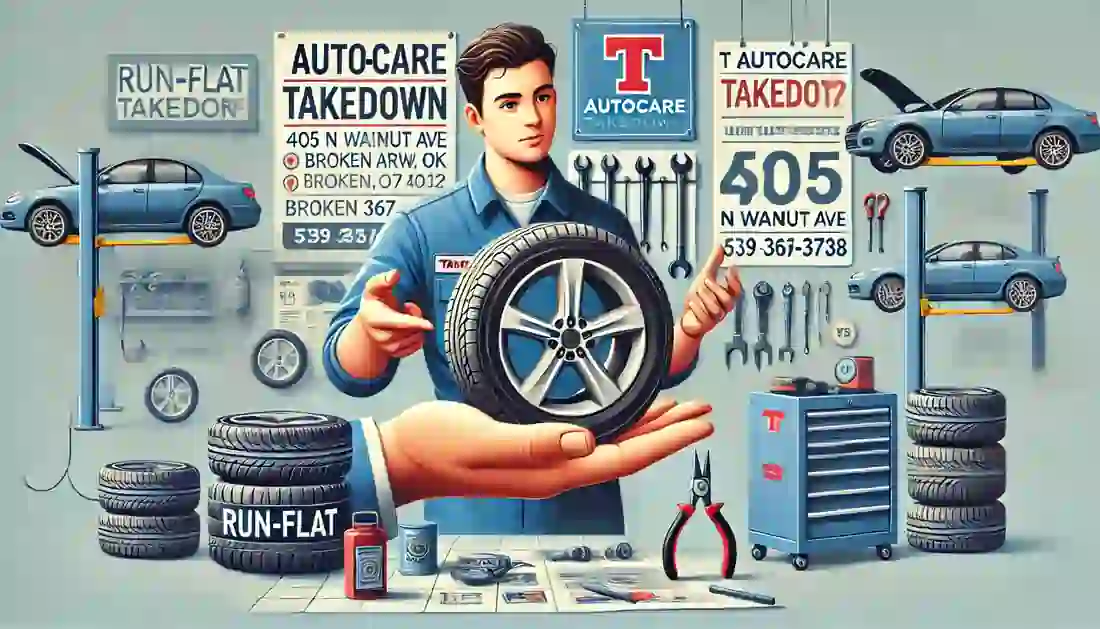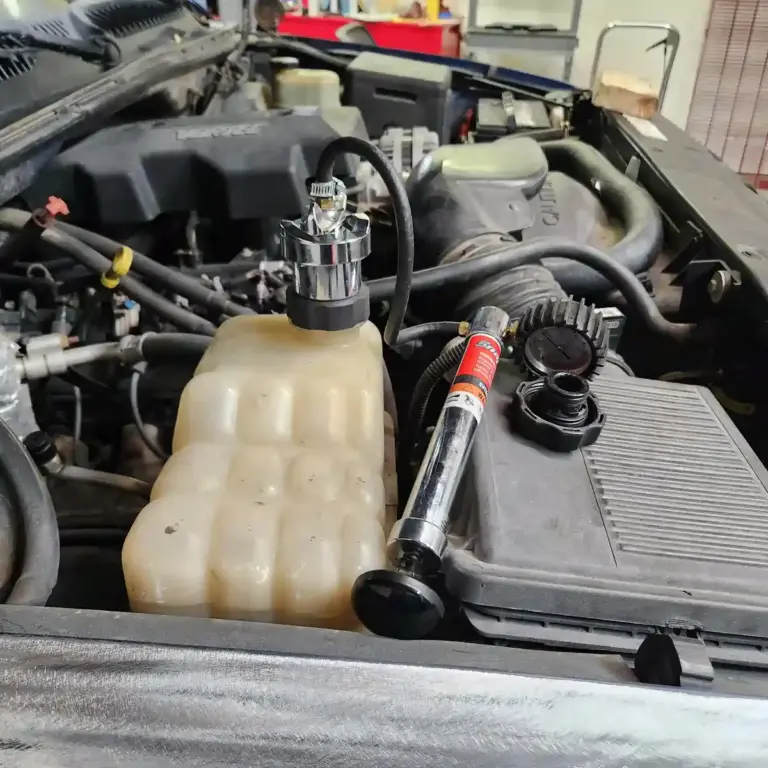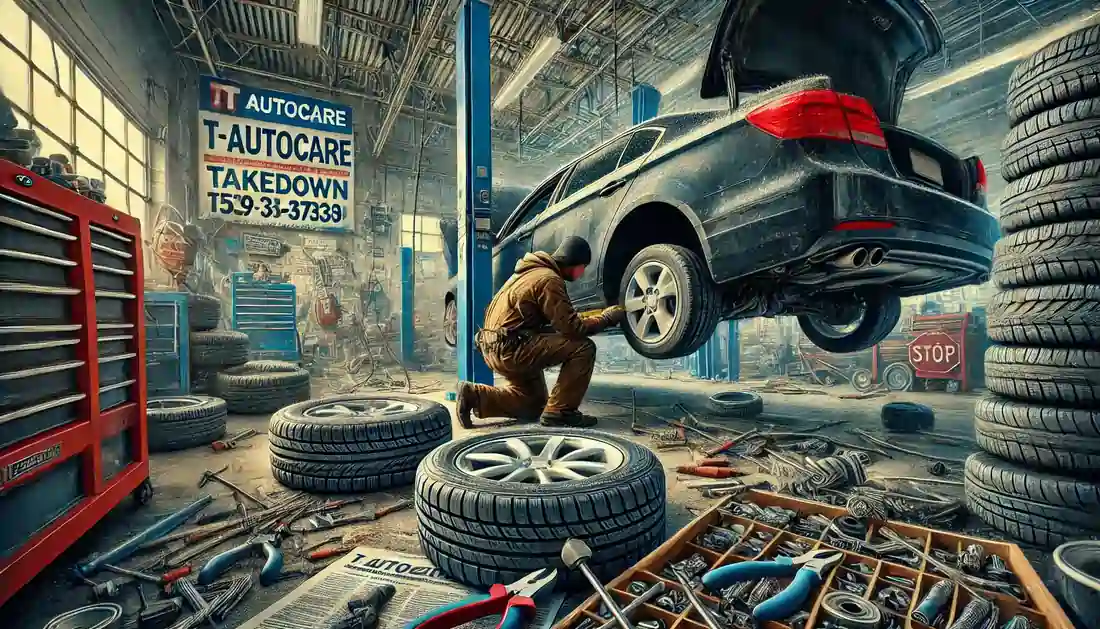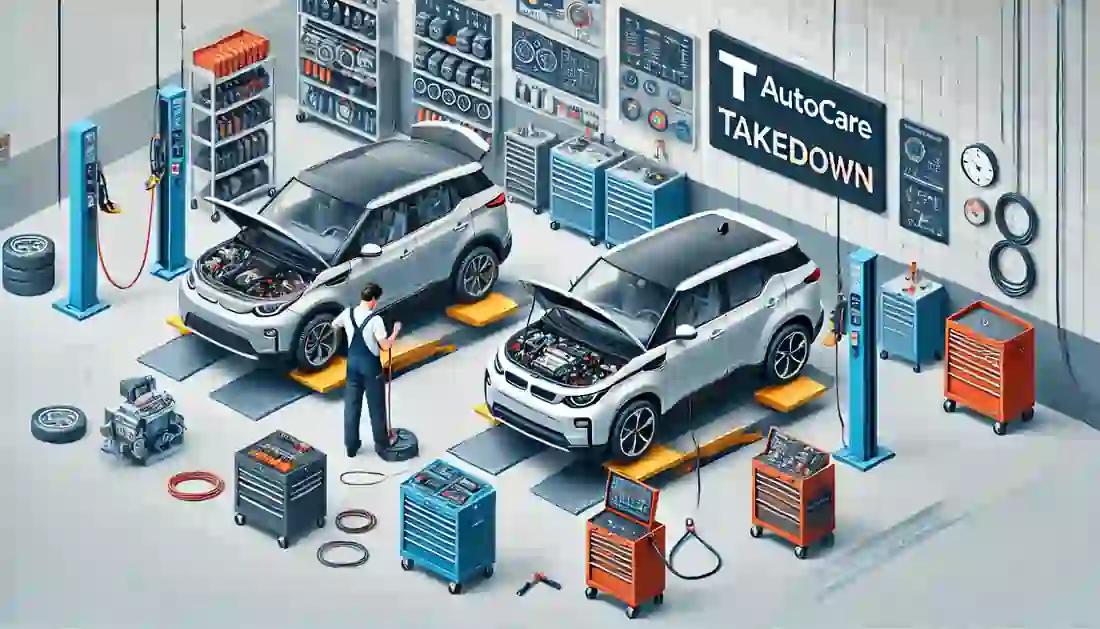Maintaining the correct tire pressure is crucial for the safety, efficiency, and longevity of your vehicle. This comprehensive guide will walk you through everything you need to know about checking your car’s tire pressure, including advanced tips and unique insights to ensure your vehicle runs smoothly.

Understanding Tire Pressure
Tire pressure is the amount of air in your vehicle’s tires, measured in pounds per square inch (PSI). Proper tire pressure ensures optimal contact between the tire and the road, affecting overall vehicle performance.
Why Proper Tire Pressure Matters
Proper tire pressure is vital for several reasons:
Safety: Incorrect tire pressure can lead to poor handling, increased stopping distances, and a higher risk of tire blowouts. It can also affect the performance of systems like ABS and traction control, making your car less safe in emergency situations.
Fuel Efficiency: Properly inflated tired improve fuel efficiency. Underinflated tires increase rolling resistance, making the engine work harder and consume more fuel. Overinflated tires, on the other hand, reduce the contact area with the road, which can also negatively impact fuel economy by reducing traction.
Tire Longevity: Properly inflated tires wear more evenly and last longer, saving you money on replacements. Both overinflation and underinflation can cause uneven wear, shortening the lifespan of your tires and leading to frequent replacements.
Comfort: Tires that are not inflated to the recommended levels can result in a rougher ride, as underinflated tires create more friction and overinflated tires reduce cushioning. Maintaining the right tire pressure ensures a smoother, more comfortable driving experience.
Environmental Impact: By keeping your tires properly inflated, your car uses fuel more efficiently, reducing emissions. Lower fuel consumption not only saves you money but also helps reduce your carbon footprint.
Tools and Equipment Needed
Before you start checking your tire pressure, gather the necessary tools:
Tire Pressure Gauge: Available in digital, dial, and stick forms. Each type has its own method of use. Digital gauges are easy to read, dial gauges provide more precise measurements, and stick gauges are compact and simple to use. To learn more about essential tools you should have for car care, check out our guide on essential tools every car owner should have.
Air Compressor or Access to an Air Pump: An air compressor can be handy for filling your tires at home, or you can use an air pump at your local auto shop or gas station. Having access to a reliable air source makes maintaining proper tire pressure easy and convenient. For tips on preparing your car for road trips, which often includes checking tire pressure, take a look at our guide.
Tire Tread Depth Gauge: While checking your tire pressure, it’s also important to check the tread depth. A tread depth gauge helps you ensure your tires have enough grip for safe driving. Worn tread can make your tires more prone to blowouts. Learn about the importance of tire tread depth to help maintain your safety on the road.
Access to a Jack and Lug Wrench: If you need to adjust your tire pressure, especially when rotating your tires, having access to a jack and lug wrench is helpful. For more information on the importance of rotating your tires, check out our detailed guide.
Tire Sealant or Patch Kit: In case of a minor tire puncture, keeping a tire sealant or patch kit on hand can be a lifesaver. It allows you to temporarily repair the tire and maintain pressure until you can get a proper repair. For a step-by-step guide, read about how to patch a tire.
Having the right tools ensures accuracy and ease during the process.
Finding the Recommended Tire Pressure
The recommended tire pressure for your vehicle can be found in several places:
Owner’s Manual: Your owner’s manual provides detailed specifications for your car, including the correct tire pressure. It’s the best source for understanding how to maintain your vehicle properly. For more information on the importance of following your car’s maintenance schedule, check out our guide on understanding your car’s maintenance schedule.
Driver’s Side Door Jamb Sticker: The sticker located inside your driver’s side door jamb is a quick reference for recommended tire pressures. It provides specific values for both front and rear tires. Make sure to follow these recommendations for optimal tire performance. If you’re planning a road trip, be sure to check your tire pressure along with other pre-trip preparations.
Tire Information: The number on the tire sidewall is the maximum pressure, not the recommended amount. Overinflating your tires can cause uneven wear and a rougher ride. Always use the recommended pressure for your vehicle. To learn more about the effects of improper tire pressure and tire balancing, see our detailed guide.
Checking these sources will give you the correct tire pressure settings for your vehicle, ensuring you maintain optimal performance.
Preparing to Check Tire Pressure
For the most accurate reading, check your tire pressure when the tires are cold, preferably in the morning or after the vehicle has been parked for a few hours.
Steps to Take Before Checking
Park on a Flat Surface: Always park on a flat, level surface to ensure an accurate tire pressure reading. This prevents any tilt that might give false readings. For more tips on maintaining your car in different weather conditions, check out our seasonal safety advice to keep your car performing well year-round.
Ensure Tires are Cold: To get the most accurate tire pressure reading, check your tires when they are cold. Driving heats up the tires and can cause the pressure to increase, giving a false reading. For more details on tire care and maintenance, check out our guide on how to check your car’s tire pressure for step-by-step instructions.
These preparatory steps help in getting an accurate tire pressure reading, crucial for effective vehicle repair and maintenance.
Step-by-Step Guide to Checking Tire Pressure
Step 1: Remove the Valve Cap
Unscrew the valve cap counterclockwise and set it aside. Keeping it clean is essential to avoid dirt entering the valve.
Step 2: Press the Gauge onto the Valve Stem
Firmly press the tire pressure gauge onto the valve stem to ensure a good seal. A brief hissing sound is normal as air escapes momentarily.
Step 3: Read the Pressure Measurement
Check the reading on your gauge. Compare it to the recommended pressure for your vehicle. Repeat this process for all four tires.
This step-by-step method ensures you accurately monitor and maintain your tire pressure, contributing to better car maintenance and safety.
Adjusting Tire Pressure
If your tires are underinflated:
- Use an air compressor to add air.
- Check the pressure after adding air to avoid overinflation.
If your tires are overinflated:
- Press the center valve pin to release excess air.
- Recheck the pressure to ensure it’s at the recommended level.
Properly adjusting your tire pressure prevents issues like poor handling and premature tire wear, which are common in vehicle repair and maintenance.
Regular Maintenance Tips
Check your tire pressure monthly and before long trips. Regular checks help maintain optimal performance and safety.
Signs of Tire Pressure Issues
- Uneven Tire Wear: Indicates incorrect tire pressure.
- Poor Fuel Economy: Underinflated tires increase fuel consumption.
- Handling Issues: Incorrect tire pressure can lead to poor vehicle handling.
Regular checks and maintenance ensure your vehicle runs efficiently and safely.
Advanced Tips
Temperature fluctuations affect tire pressure:
- Cold Weather: Tires lose pressure; add air as needed.
- Hot Weather: Tires gain pressure; check regularly to avoid over inflation.
Using temperature-compensating tire gauges can provide more accurate readings.
Modern tools can assist in maintaining proper tire pressure:
- Smartphone Apps: Track tire pressure and receive alerts.
- Bluetooth-Enabled Gauges and TPMS Systems: Integrate with your mobile devices for real-time monitoring.
Leveraging technology ensures consistent and accurate tire pressure maintenance.
Read More: Understanding Hybrid and Electric Vehicle Maintenance
Environmental Impact and Sustainability
Proper tire pressure reduces rolling resistance, lowering fuel consumption and greenhouse gas emissions. Maintaining correct tire pressure is a small but effective step toward a more sustainable future.
Eco-Friendly Tips
- Using Nitrogen: Nitrogen maintains pressure longer than regular air, reducing the need for frequent adjustments.
- Tire Recycling Programs: Dispose of old tires responsibly through recycling programs.
Adopting these practices contributes to environmental conservation while ensuring vehicle safety and efficiency.
Special Considerations for Different Vehicle Types
High-Performance Vehicles
Performance cars require specific tire pressure settings to maintain handling and safety at high speeds. Consult your owner’s manual or a professional mechanic for precise adjustments.
Electric and Hybrid Vehicles
Maintaining proper tire pressure is crucial for maximizing battery range and efficiency in EVs and hybrids. Regular checks ensure optimal performance.
Off-Road and All-Terrain Vehicles
Adjust tire pressure according to the terrain:
- Sand: Lower pressure for better traction.
- Rocks: Higher pressure to avoid punctures.
Techniques like “airing down” and reinflating are essential for off-road enthusiasts.
Emergency Situations and Quick Fixes
What to Do If You Don’t Have a Gauge
In emergencies, visually inspect tires or feel for softness. While not as accurate, it helps prevent immediate danger until you can check properly.
Temporary Solutions for Tire Pressure Issues
- Tire Sealants: Provide a quick fix for small punctures.
- Emergency Inflators: Useful for temporary inflation until you reach a service station.
These solutions are helpful in emergency situations, ensuring you can safely reach an auto repair shop.
Read More: Essential Tools Every Car Owner Should Have
Tire Pressure in Different Driving Conditions
City vs. Highway Driving
City driving with frequent stops requires slightly higher pressure for better handling. For highway trips, ensure tires are at the recommended pressure for fuel efficiency and safety.
Seasonal and Weather-Related Tips
Adjust tire pressure for:
- Rain: Ensure adequate tread and proper pressure for better traction.
- Snow: Slightly lower pressure can improve grip on snowy roads.
Adapting to driving conditions enhances vehicle safety and performance.
Read More:
- Tips for Safe Driving in Rainy Conditions
- How to Improve Night Driving Visibility
- How to Handle Your Car in Snow and Ice
Conclusion
Maintaining the correct tire pressure is essential for your vehicle’s safety, efficiency, and longevity. Regular checks and adjustments, using the right tools and following proper procedures, ensure optimal performance and prevent costly repairs.
Useful Links on Tire Pressure:
- Tire Pressure: How, When, and Why to Check (Car Fix Experts)
- Tire Pressure: A Complete Guide (CarShtuff)
- Maintaining the proper tire pressure is easy (AutoZone)
For further reading, consult your vehicle’s owner’s manual.
Our professional mechanics at T Autocare Takedown in Broken Arrow are always ready to assist you with all your car maintenance needs, including batteries, brakes, engine repair, oil changes, shocks & struts, engine tune-ups, timing belts, starters & alternators, check engine light diagnostics, fluid checks and replacements, fuel pump replacements, A/C recharge, thermostat replacement, and water pump replacement. For the best in Broken Arrow auto repair, choose T Autocare Takedown.
T Autocare Takedown
1501 W Detroit St, Broken Arrow, OK 74012
(539) 367-3738
By following this comprehensive guide, you can ensure your vehicle’s tires are always properly inflated, contributing to a safer and more efficient driving experience.

